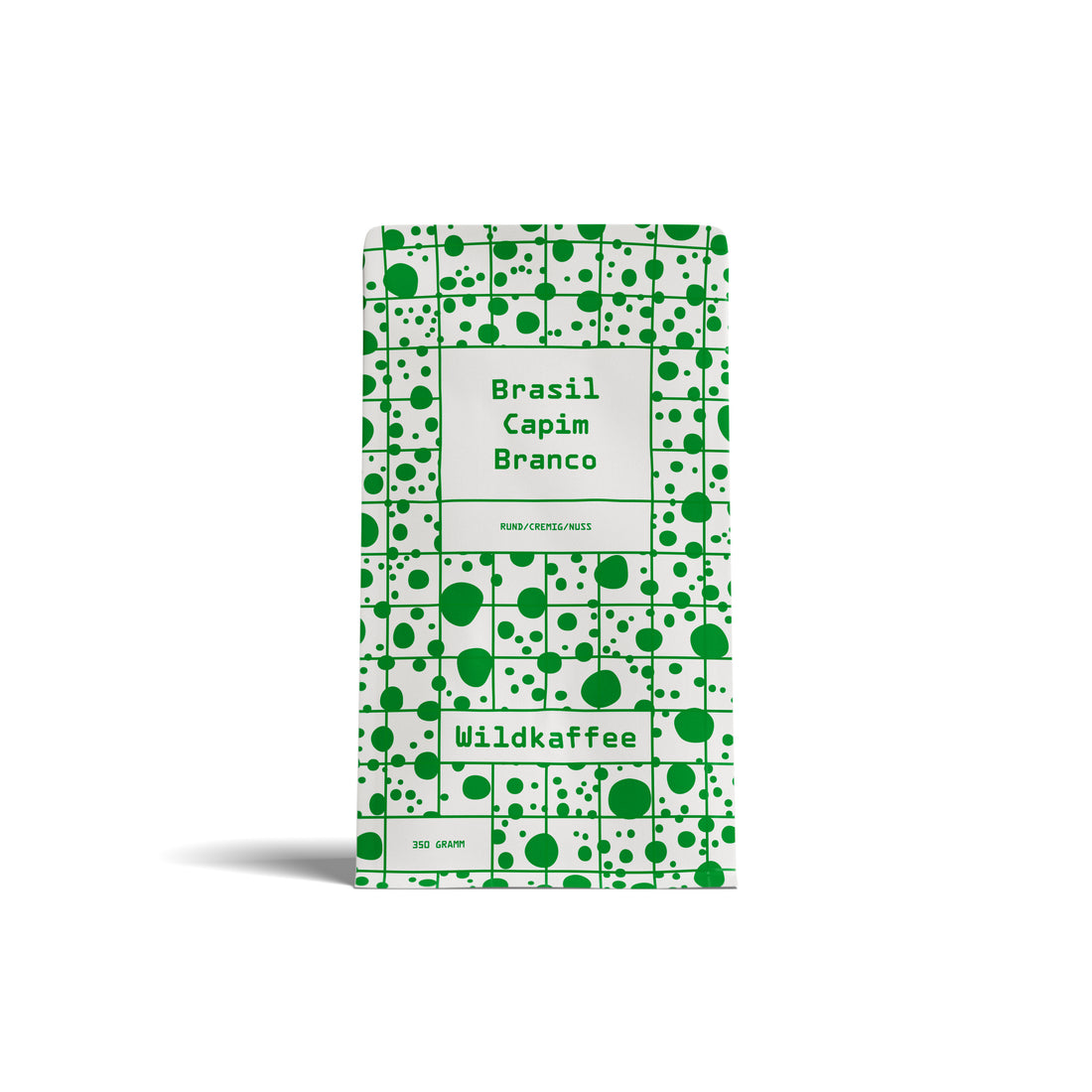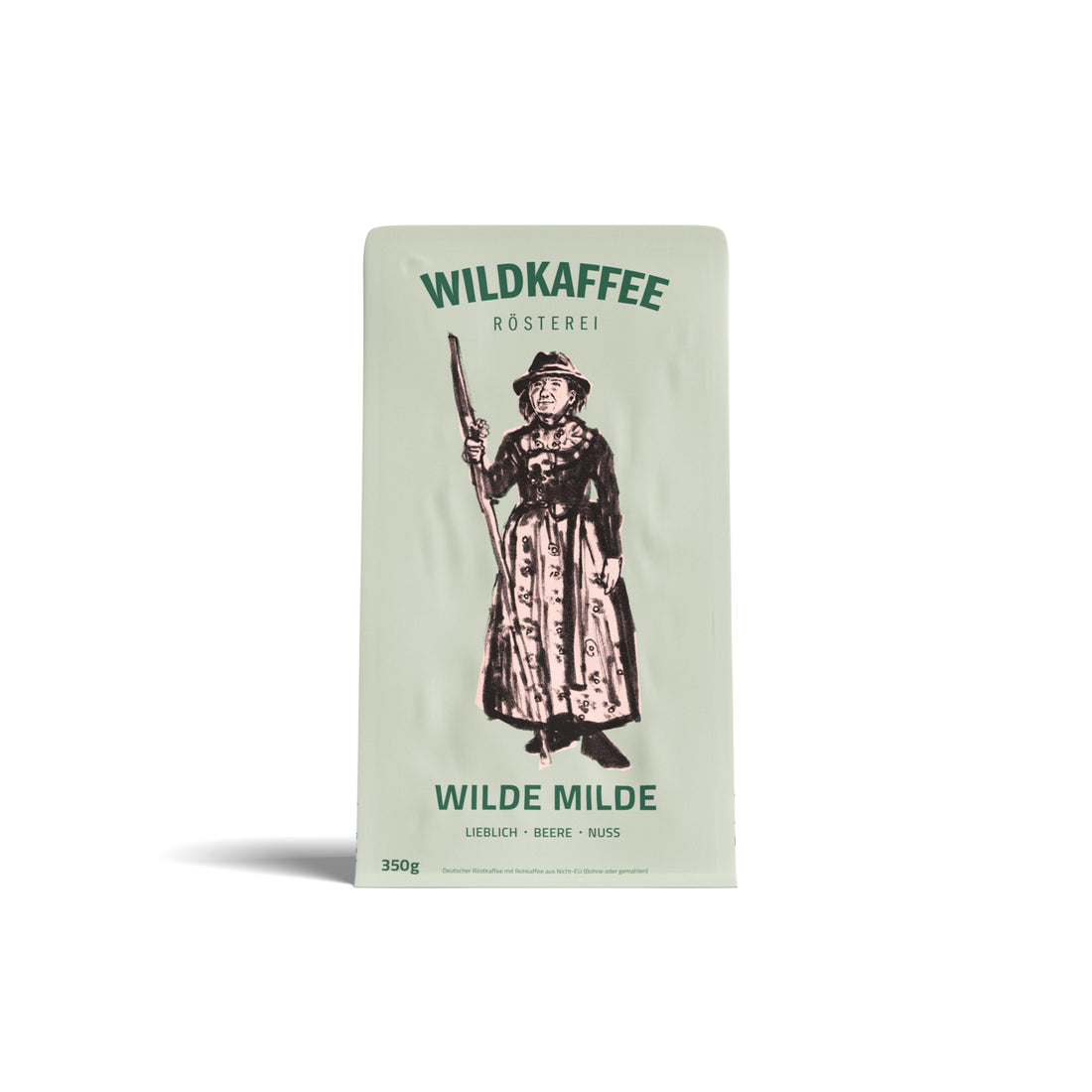What is a French press?
The French press, also known as a plunger, is a manual coffee maker consisting of a glass or stainless steel cylinder with a plunger and a metal or nylon filter. Developed in the 19th century, it's particularly popular among coffee lovers today because it preserves the coffee's natural oils and flavors. It also allows you to make a relatively large batch of coffee quickly and easily.
Advantages of French Press Preparation
- Intense taste: The long contact time between water and coffee powder allows the aromas to develop optimally.
- Easy to use: No complicated technology or expensive machines required.
-
Environmentally friendly: No paper filter required, eliminating waste.
- Versatility: Works with different coffee types and grind sizes.
Step-by-step instructions for the French Press
Let's get started. Here, we'll explain every step of the perfect French press brewing process so you can master it and delight yourself and your guests with French press coffee in no time.
1. Choose the right type of coffee for the French Press
Medium to coarsely ground coffee is best for the French press. A grind that's too fine can clog the filter and lead to a bitter taste. However, the roast level is also important – we recommend medium to light roasted coffees for the French press. For example, Guatemala San Lorenzo , Wilde Milde , or Colombia Red Bourbon .
2. Prepare the water
Use fresh, filtered water (or a homemade blend of demineralized water and Apax drops ) and heat it to a temperature between 90 and 96°C. Water that's too hot can burn the coffee and make it bitter.

3. The right ratio of coffee to water
A good ratio is 60g of coffee to 1 liter of water. For a cup (250ml), this equates to approximately 15g of coffee. This ratio changes with each new coffee and also depends on your taste – some prefer a stronger brew and use more coffee per liter, others prefer a milder brew and use less.
4. Pour coffee into the French press
Pour the freshly ground coffee into the pot and distribute it evenly over the bottom. To do this, simply swirl the pot gently in a circle a few times.
5. Pour water into the French press
First, add about twice as much water as coffee (e.g., 30 ml for 15 g or 120 ml for 60 g) and let the coffee steep for about 30 seconds. Then slowly add the remaining water.
6. Stir and observe the steeping time
Once the coffee is completely brewed, you should stir the coffee briefly and place the lid and plunger on top (but don't press down yet). The optimal brewing time is four minutes.
7. Slowly press down the stamp
After the brewing time, press the plunger down slowly and evenly. This separates the coffee grounds from the brewed coffee.
8. French press coffee is best served immediately
The coffee should be served immediately, as otherwise it can continue to be extracted and become bitter. Distribute it among all coffee drinkers in the room or pour it into another pot. If you want it to stay warm longer, a thermos is also suitable.
Tips for the perfect French press coffee
- Use fresh beans: Freshly ground coffee provides the best aroma.
- Adjust the grind: Powder that is too fine will result in a bitter taste, while powder that is too coarse will make the coffee watery.
- Do not let it steep for too long: steeping for more than 5 minutes can lead to over-extraction.
- Transfer coffee immediately after brewing: This prevents the coffee from being further extracted and becoming bitter.

Common mistakes with the French press and how to avoid them
| MISTAKE | SOLUTION |
| Coffee too bitter | Shorter brewing time or coarser grind |
| Coffee too weak | More coffee or longer brewing time |
| Coffee grounds in the cup | Use a coarser grind and press more slowly |
| Watery taste | Check water-coffee ratio |
Which types of coffee are particularly suitable for French press preparation?
Medium to light roasted Arabica beans with a nutty or chocolatey aroma are particularly suitable. Fruity coffees from Ethiopia or Kenya can also offer interesting flavor nuances. Whether you prefer a fruitier or more chocolatey flavor is up to you and your taste. If you have no French press experience at all, we recommend starting with a medium roast .
French Press Instructions – Conclusion
The French press is a simple and effective way to brew aromatic, full-bodied coffee. With the right coffee variety, the optimal grind, and a precise brewing time, you'll achieve perfect coffee every time. Try different beans and grinds to find your personal favorite!




